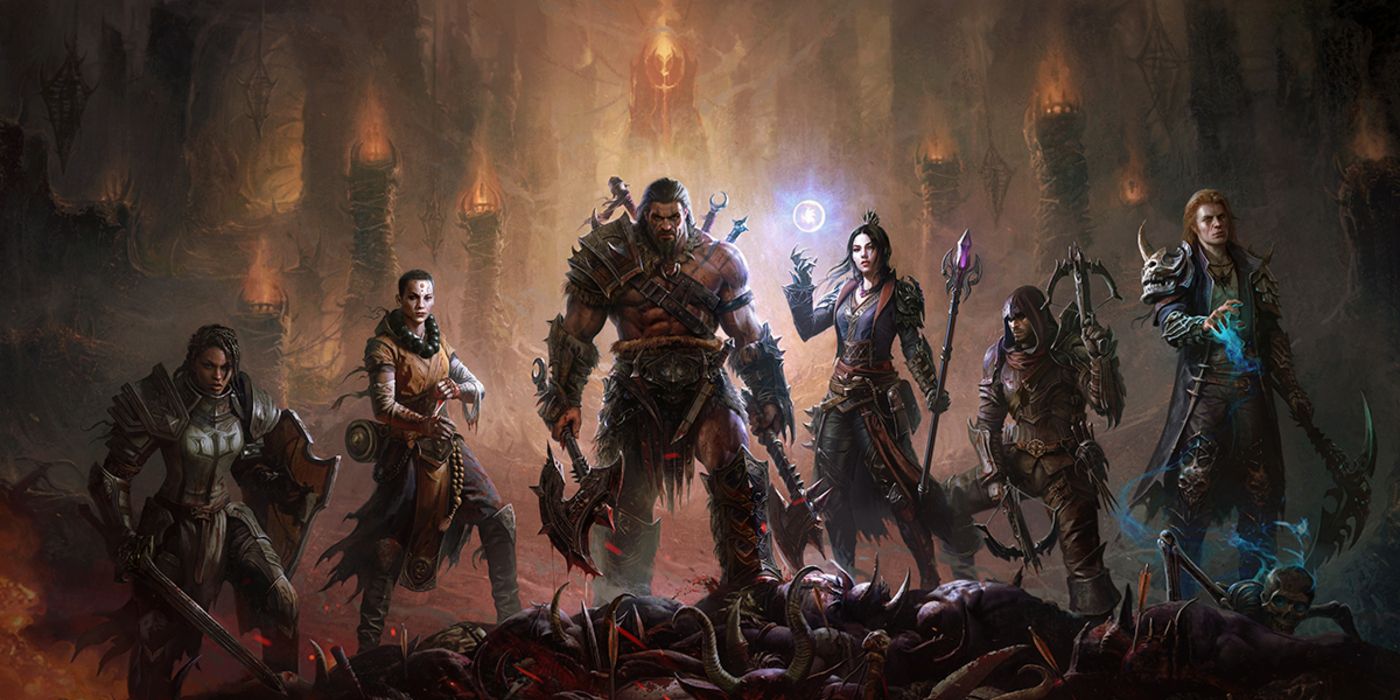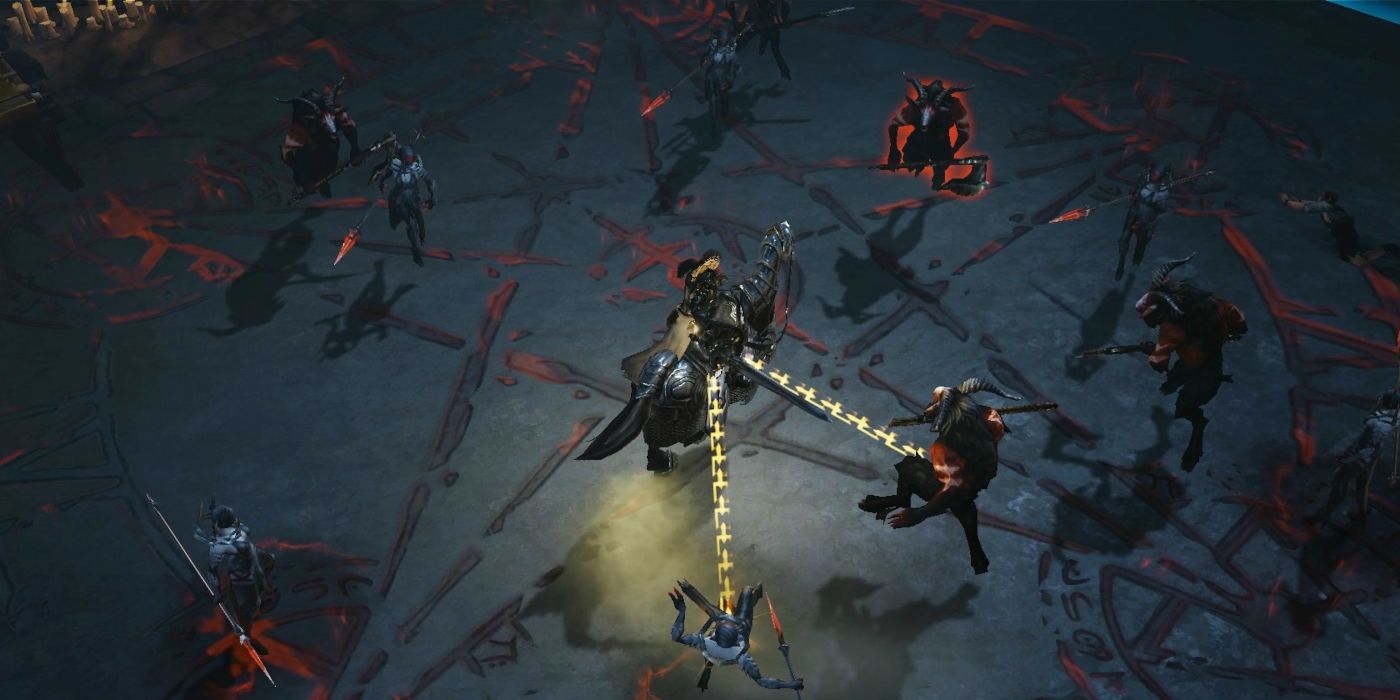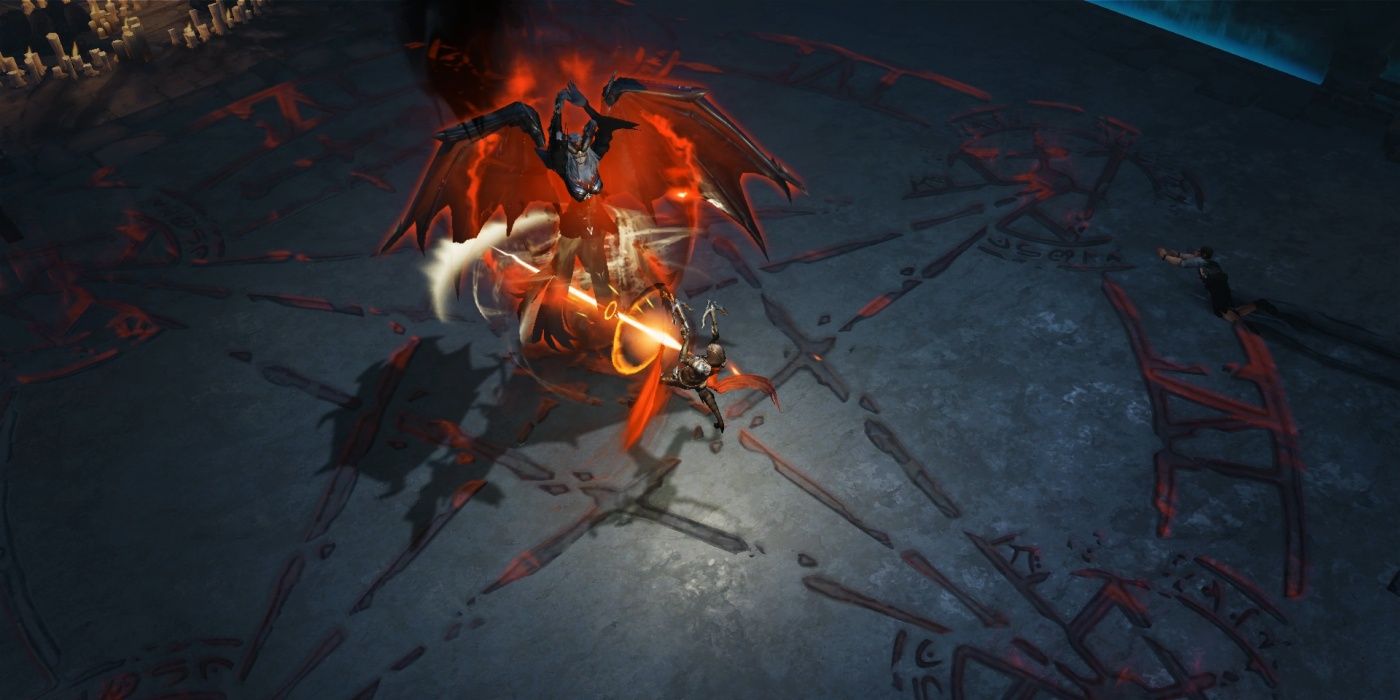While Diablo Immortal continues its development, the team at Blizzard has been hard at work implementing changes based on fan feedback, using a deeply involved system to ensure any consistent complaints are at least heard if not addressed outright. Diablo Immortal is the upcoming mobile title from Blizzard that's set within the larger universe of Diablo, and despite a rocky reception initially, it's still a game plenty of people are interested in seeing succeed.
That's at least partially because of the fondness with which many fans remember Diablo, a series that laid the foundation for so many grim fantasy settings in future hits from other developers. With Diablo 4 now a reality and the burden of being the only Diablo title in the works now lifted off its shoulders, Diablo Immortal has been given room to breathe and adapt. With Diablo Immortal's Technical Alpha period now over, fans have been wondering if any major changes will be getting made, or how much of their feedback is being heard by the development team.
During a group interview for Diablo Immortal attended by Screen Rant, Lead Game Producer Caleb Arseneaux and Technical Game Designer Kris Zierhut helped elaborate on just how Diablo Immortal would change based on feedback. Both developers gave clear, precise insight into the process that's going on behind the scenes in Diablo Immortal, indicating a refined process that has emerged out of Technical Alpha feedback - one that, according to Arseneaux, meant the team looked at "every single piece of feedback" it received:
"At the end of our Technical Alpha, we looked at every single piece of feedback we got. There's a few different channels of it. One, there is an in-game feedback tool, which allowed any player to capture screenshots or video, type up some feedback, and send it in. That actually went directly to a a project tracking system we had inside Blizzard, and then our production team and Quality Assurance team actually went through and pulled all of those over, and our Design Team, and we went through them all. We basically did a summit where we had all the team on a Zoom, and I was sharing my screen, and we just went line-by-line.
When you look at that feedback, we're trying to look for trends. Not just anecdotes. Some people might have a really easy time fighting a boss, and another person is having a difficult time, but they're the same class. So we have to make a judgment call on what the experience is going to be, weighing all that different feedback. But we try to look for trends. So, people weren't tagging monsters when they thought they should be able to tag monsters and get credit for them. That was a trend we saw over a bunch of different feedback from many players. In the end, we do have to make a judgment call, but we really do value that kind of feedback, especially when we see clear trends over multiple players. And we're also looking at Reddit and other community channels to get anecdotes and other feedback from there, as well."
Arseneaux's answer highlights just how much the team behind Diablo Immortal prioritizes fan feedback. While being careful not to suggest that every complaint will result in a change, Arseneaux did acknowledge that the team had a solid system in place for determining things that needed looking at or outright changing, suggesting that trends were key in highlighting issues that might affect a large number of players. Zierhut broke the discussion down even further, providing a specific example of how fan feedback directly resulted in changes made to Diablo Immortal:
"Another trend we were seeing was complaints that the Wizard class felt underpowered, that it wasn't playing the way people wanted to. A lot of people, the way they want to play Wizards, is they want to 'Kite.' So they get a big monster, the hard elites, and they get chased, avoiding damage while controlling these monsters. And Wizard just wasn't really cutting it at doing that. And we identified that one of the core ways the Wizard controls monsters is by chilling them, so they move more slowly. And the chill effects from the Wizard just weren't strong enough. So you would chill something, and by the time you go to do the next attack, it's already caught up with you again. So we made all the chill effects from the Wizard class stronger so monsters would be slowed down even more, and we also redesigned the ability Ray of Frost.
Now, instead of chilling the monster when they get hit, Ray of Frost beam is more effective based on how long a monster is hit. They move slower and slower, and that lets you use Ray of Frost to slow them down and get some distance to hit them with combos like Scorch and Arcane Wind to cause an Inferno that kills the monster. Before, it was too hard to pull that off. We saw the feedback, and then we tried to understand what was causing the Wizard to feel underpowered by looking for where the problems were that class was having, and then make specific changes to help the class feel better."
Zierhut's answer, while obviously particularly great for fans of the Wizard class, shows that the team has been tweaking with very small features in-game to produce big effects. The team first identified that players felt Wizards were underpowered, then noted it was because of the way they perceived the Wizard class' role, before finally finding out where the biggest disconnect was for fans and solving it.
It's pretty clear by now that Diablo Immortal is not a NetEase reskin, but answers from the developers like these show just how much fan feedback matters. Those giving the game a chance haven't been hesitant in making their voices heard, and it's working, meaning that anyone who wants Diablo Immortal to be a good game should take opportunities to try it during testing - they may be the catalyst for the fix that pushes the game from good to great, or great to truly special.
Diablo Immortal is currently in development for Android and iOS mobile devices.



